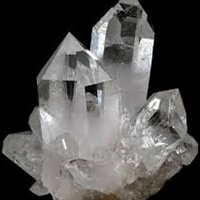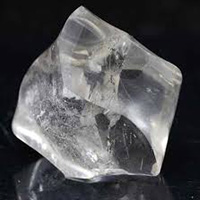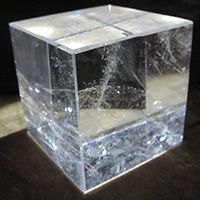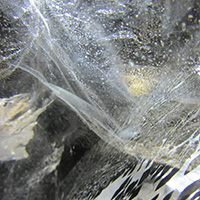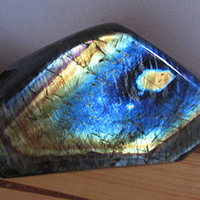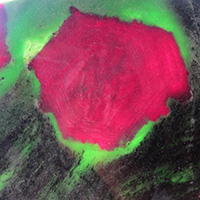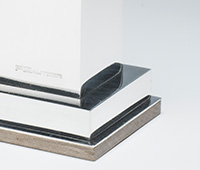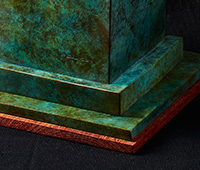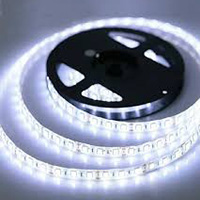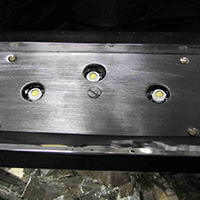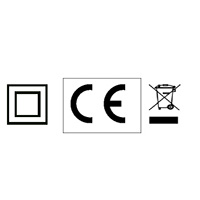Rock crystal – Rock crystal is a variety of clear quartz, composed of crystallized pure silica. Since Classical Times, the people of many cultures, on different continents, have used it for symbolic or medicinal purposes. Currently, Brazil and Madagascar are the principal providers of the finest qualities of rock crystal rough for upscale lapidary work.
This highly sought-after mineral holds a prominent place in the overall production of creator Frédéric Gautier. Valued for its purity and transparency, it is quite often streaked with astonishing inclusions. Some contain frostings, veils, clouds, bubbles that allow the eye to look through and wander into the infinite. Other gemstones embed various crystals such as chlorite, rutile, tourmaline, actinote, hematite, lepidocrocite, etc. These different accidents increase their value, making each one of them unique. They are a trace of time’s memory.

